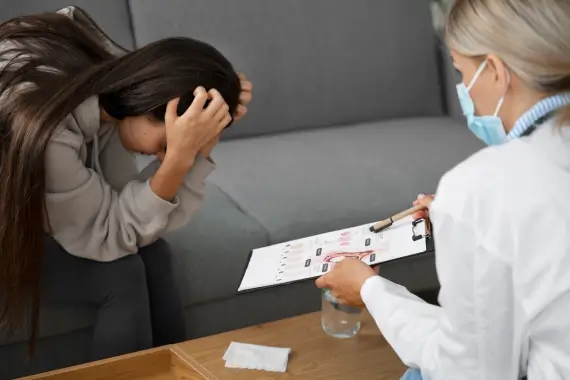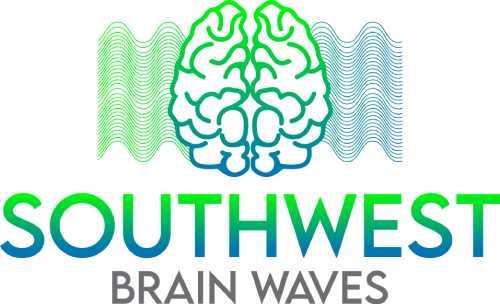Schizophrenia

About
Schizophrenia
About
Schizophrenia

Treatment and recovery of negative symptoms have shown to be more challenging. However, with proper medication, positive and cognitive symptoms aspects can be managed with relative ease. Patients suffering only these symptoms can go on to live healthy lives.
It’s a different story when a patient suffers mostly negative symptoms. Schizophrenia is harder to treat if symptoms are negative often because of the lack of flow of communication during psychotherapeutic and psychiatric sessions.
Key Points About Schizophrenia
Benefits include
- FDA-cleared equipment
- Non-invasive treatment
- No hospitalization or surgery
- No anesthesia needed
- Short time sessions per day
Fortunately, Deep TMS can resolve negative symptoms gradually over time.
Schizophrenia is one of the most severe mental health problems in existence. Symptoms are divided into 3 parts, with the most debilitating and difficult to treat is the negative symptoms.
Regular medication, psychiatric sessions, and psychotherapy aren’t quite effective in resolving negative schizophrenic issues. Medication and counseling can help patients suffering from positive and cognitive symptoms of schizophrenia to lead normal lives.
Treatment for Schizophrenia using Deep TMS
Ready to learn more?


